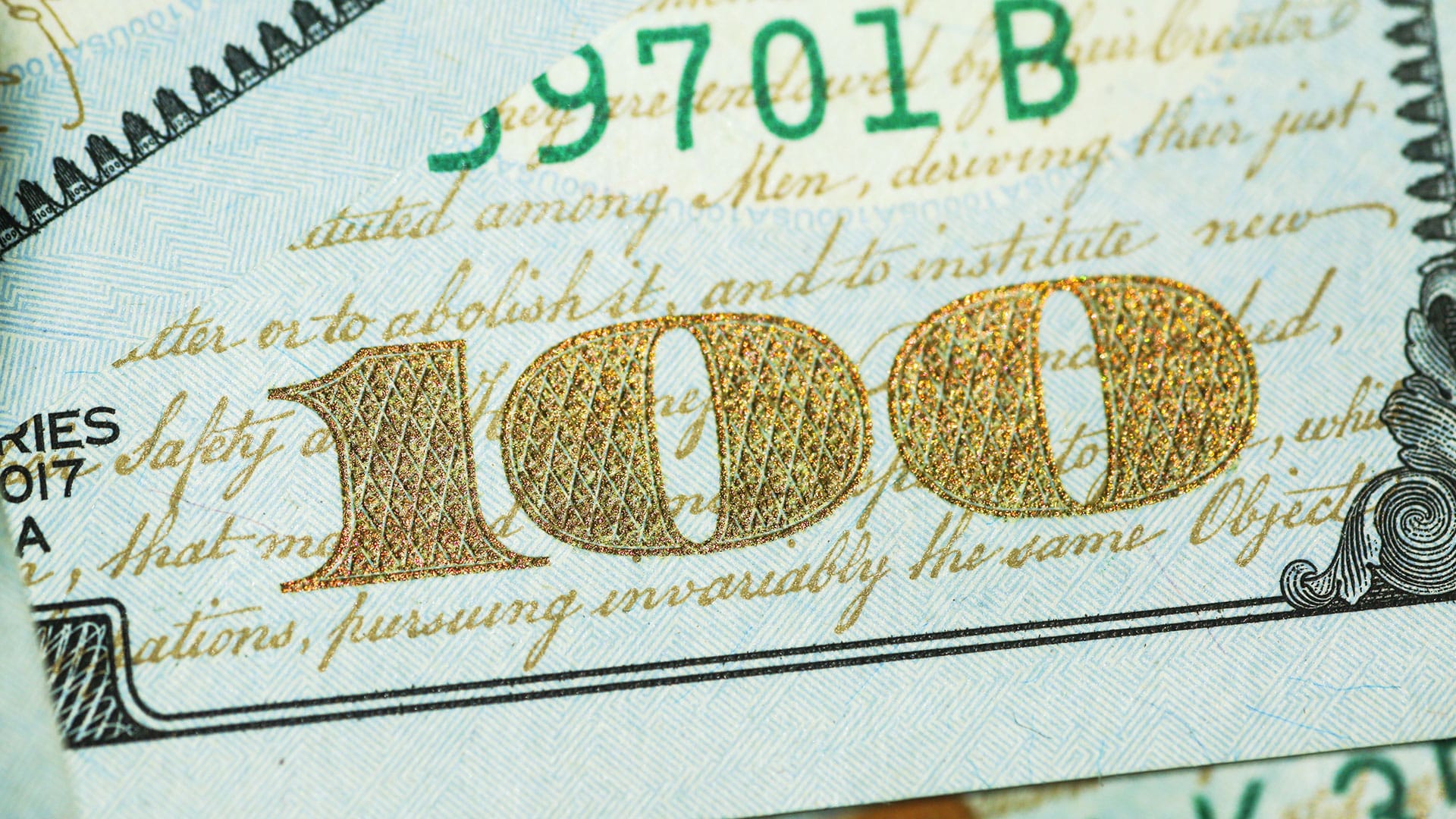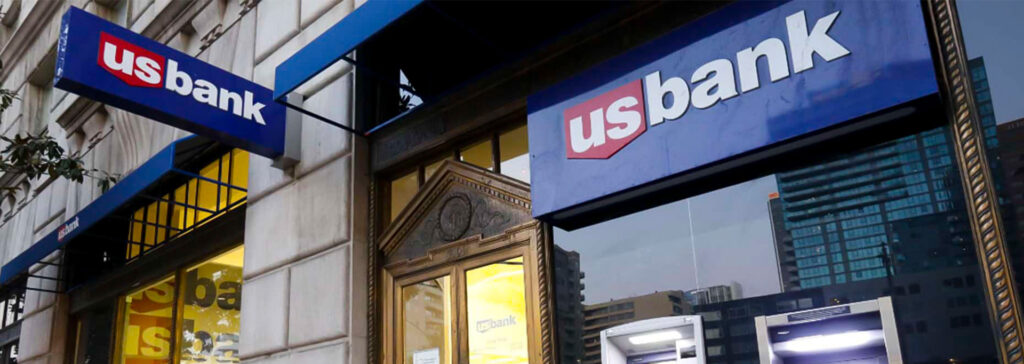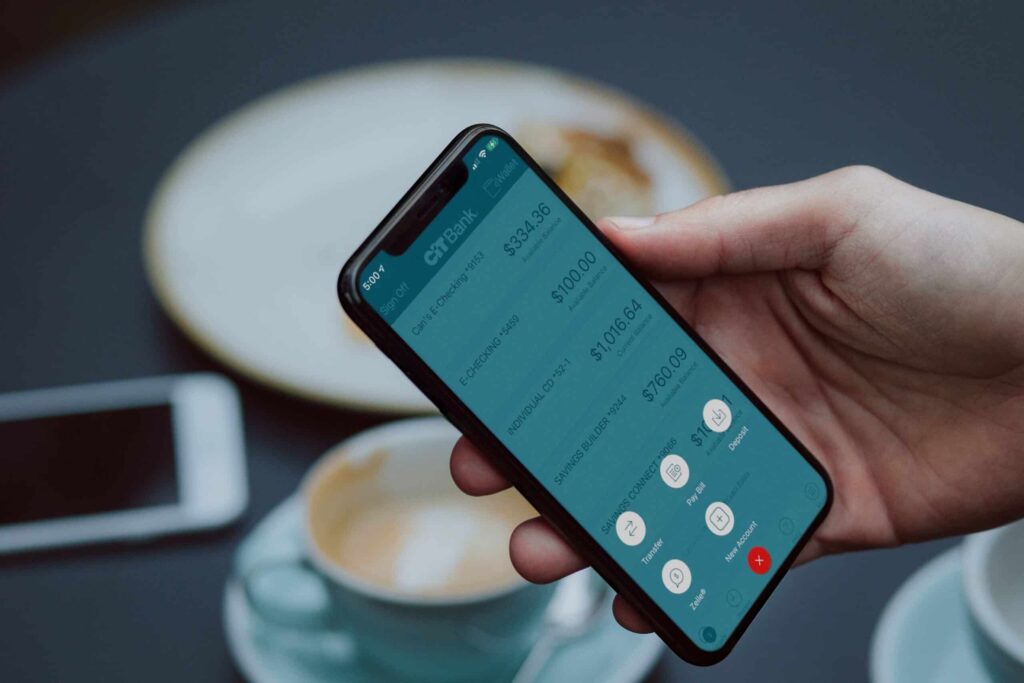Most products on this page are from partners who may compensate us. This may influence which products we write about and where and how they appear on the page. However, opinions expressed here are the author's alone, not those of any bank, credit card issuer, airline or hotel chain. This page may include information about American Express products currently unavailable on Slickdeals. American Express is not a partner of Slickdeals.
INVESTMENT AND INSURANCE PRODUCTS ARE: NOT A DEPOSIT • NOT FDIC INSURED • NO BANK GUARANTEE • MAY LOSE VALUE
Building long-term wealth takes time and patience. Yet, many people put off investing because they believe you need tens of thousands of dollars just to get started. But here's the good news: You don't need to be wealthy to invest. In fact, you can become an investor with $100 or less.
Many "everyday people" started with small amounts of money and, over time, have watched the return on their investments grow. This is especially important with inflation rapidly climbing these days. You'll want to have some type of way to protect the value of your assets and wealth over time. The most important step is to just get started.
Compare Brokerage Accounts
| Broker | Account Name | Fees | Account Minimum | Current Promos | Get Started |
|---|---|---|---|---|---|
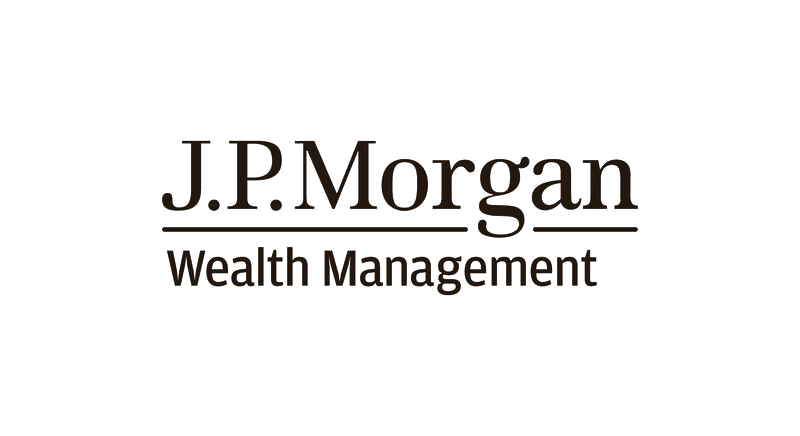
|
J.P. Morgan Self-Directed Investing |
$0 per trade |
$0 |
Up to $700 Earn up to $700 after opening and funding an account with qualifying new money. |
Get Started |
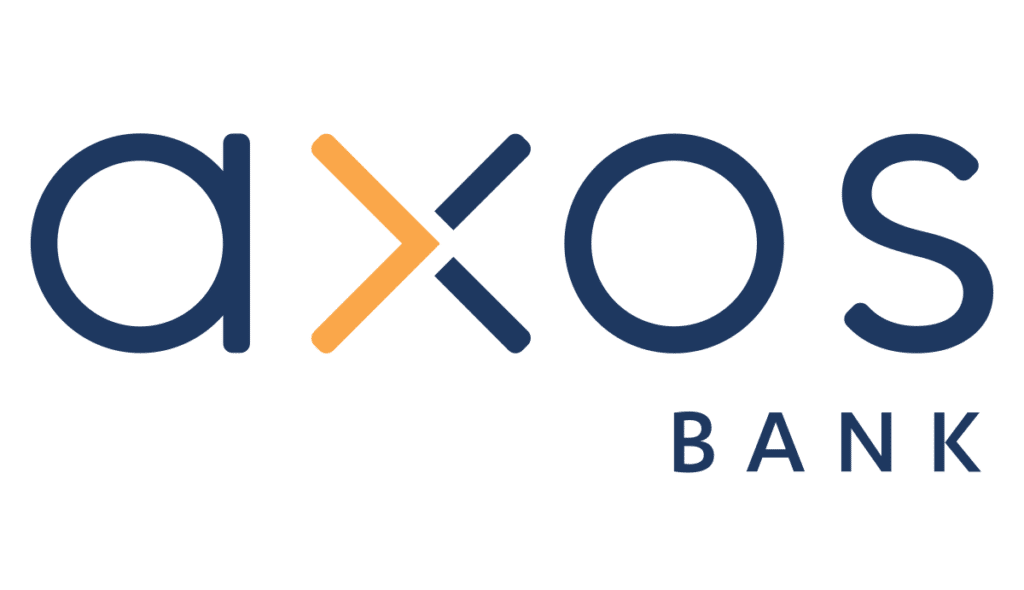
|
Axos Invest Self-Directed Trading |
$0 per trade |
$0 |
N/A |
Get Started |

|
SoFi Active Invest |
$0 per trade |
$0 |
Up to $1,000 Earn up to $1,000 by funding a new account and completing qualifying activities. |
Get Started |

|
Robinhood |
$0 per trade |
$0 |
One Free Stock Earn one free stock (worth up to $200.00) by opening an account and linking your bank account. |
Get Started |
11 Ways to Invest $100
Here are the 11 ways you can invest $100 to build wealth. Scroll down to learn more about each.
- Build a portfolio
- Trade fractional shares
- Earn interest with a high-yield savings account
- Start an emergency fund
- Start a brokerage account
- Open a robo-advisor account
- Consolidate and pay off debt
- Start a retirement account
- Peer-to-peer lending
- Consider cryptocurrency
How Long It Takes To Reach Six Figures with $100
An investment calculator can estimate how long it will take to build wealth over time and reach six figures when you're able to contribute $100 each month into an investment account.
Here's an example of how investing $100 can grow over time:
- With a 4% rate of return, you could reach $100,000 in 37 years
- With a 6% rate of return, you could reach $100,000 in 30 years
- With an 8% rate of return, you could reach $100,000 in 25.5 years
- With a 10% rate of return, you could reach $100,000 in 22.5 years
If you can spare $100 a month for your future, here are some ways to invest that money.
Build a Portfolio: Fractional Shares, EFTs and Bonds
Pros
- Personalize and diversify your portfolio
- Trading is often simple
- Money can be quickly accessed
- Low cost and free brokerage options available
Cons
- Stocks can be high risk
- Market can be volatile
- Low returns and no guarantee of returns
One of the more popular ways to invest your money is to build a diverse portfolio. In this portfolio, you can invest in fractional shares, exchange-traded funds (ETFs) and bonds. With different types of investments, you’re protecting yourself from volatility because you aren’t putting all of your eggs into one basket.
A diverse investment portfolio can include:
- Fractional share investing allows you to acquire a portion of a stock, rather than a full share. For instance, you may not be able to afford an entire share of Apple, but with the right brokerage account, you could invest in a fraction of a share with $100 or less. You could invest with as little as $1.
- An ETF is an investment fund is a basket of securities often composed of a variety of stocks and bonds. Many ETFs trade specific indexes such as information technology. Stocks are considered more volatile by most investors, but they also may offer a greater return on investment.
- Bonds are ways for individuals to essentially lend money to governments or corporations in return for interest paid on the bond. Compared to ETFs, bonds are generally considered lower risk, but offer a smaller ROI.
All three of these investments have varying levels of risks and interest rates. You can choose riskier investments to hopefully earn more interest or go for a more stable option if you are a beginner at investing in stocks.
Many investors avoid individual stocks because they are difficult to diversify and trading costs can eat into profits. M1 Finance allows clients to purchase fractional shares of over 6,000 options so you can diversify even with a small investment. There are no fees on trades, so all profits are yours to keep.
With M1 Finance, you can take your $100 and build your diverse portfolio or fractional shares, ETFs and bonds, as well as sign up for their 1% APY checking account, M1 Plus. You’ll earn 25x the national average for your account and get 1% cash back on qualifying debit card purchases. You can then take that 1% cash back once it adds up and reinvest it.
- M1 Finance is currently offering a bonus of up to $2,500 for new account transfers through December 31, 2022.
Just Trade Fractional Shares
Pros
- Personalize and diversify your portfolio
- Trading is often simple
- Money can be quickly accessed
- Low cost and free brokerage options available
Cons
- Stocks can be high risk
- Market can be volatile
- Low returns and no guarantee of returns
You may just be interested in investing in the stock market. This is a good option if you’re looking to invest for the long term, like several decades. However, if you need to grow your $100 right away, then don’t use the stock market, because it tends to go up and down frequently. You don’t want to drive yourself crazy always tracking your investments or trying to time the market.
With only $100, you could buy a few shares of a company with a lower stock value, or you could purchase some fractional shares of high-revenue companies instead. The easiest way to purchase a fractional share is through a brokerage like Stash, a micro-investing app where you need only $1 to get started with investing. You can access hundreds of stocks and nearly ETFs to invest in. Stash’s site shows you the stocks in different categories like health care, retail, consumer staples and insurance.
Stash allows you to buy fractional shares for any amount, and you won’t have to pay add-on trading commissions. You’ll also get a free checking account with no fees, and you’ll earn stock-back rewards when you use your debit card. To get started with investing, all you need to do is put $5 into your Stash account.
- Get a $5 bonus when signing up for Stash.
Earn Interest With a High-Yield Savings Account
Pros
- Higher interest rates are available
- Low to no opening deposits
- Little to no risk
Cons
- Comparatively low ROI
- Rates can change frequently
If you have $100, you can put it into one of the best high-yield savings accounts or a certificate of deposit (CD) and let it blossom for a short or long period of time. You’ll have to look at account terms and conditions to make sure you meet the requirements.
With savings accounts or CDs, you may need to put a minimum amount of money into your account or pay monthly maintenance or ATM withdrawal fees. These types of fees can quickly eat into your savings. CDs may also tie up your money for a fixed period of time due to early withdrawal penalties, so make sure you won't need this money in the short term.
Also, some accounts will say you can earn interest, but then you see that there is a large minimum amount you need to hold. However, the CIT Savings Builder, which provides a Monthly Savers Account. With just $100, you can qualify for the current average percentage yield (APY). You’ll get free electronic banking transfers (ACH) between your Savings Builder account and an account at another bank, allowing you to easily transfer money in without having to worry about a fee.
Keep in mind that interest on a high-yield savings account can change at the discretion of the bank. If you notice you suddenly start earning less interest, you can always ask the bank what’s going on or if there’s anything you need to do in order to increase your interest again.
Start an Emergency Fund
Pros
- Low maintenance
- Little to no risk
- Interest-earning potential
- Money can be quickly accessed
Cons
- Comparatively low ROI
- Rates and terms can change
You should always have an emergency fund that can cover at least three to six months' worth of expenses just in case you have a big unexpected bill you need to pay or you unexpectedly lose your job.
If you only have $100 to put towards your emergency fund right now, don’t fret. It’s a good start. What you can do is put that $100 into one of the best money market accounts, which is a savings account with checking features that will pay you higher interest than a regular savings account. However, if you get a debit card or checks with your money market account, you can’t use them more than six times per month. You’ll likely have to pay other associated fees, so look into the fine print of your money market account before investing.
The CIT money market account allows you to earn a high APY with only $100 in your account. There is no high minimum amount you need to invest, or accounting opening or maintenance fees. Like a savings account, it’s also FDIC insured. It’s a hybrid of a checking and savings account, allowing you to withdraw, transfer and save money all at once. The interest is compounded daily and is 15 times higher than the national average APY. With this account, you’ll build up your emergency fund in no time.
Check out the best bank account bonus offers you can take advantage of to store your emergency fund.
Save for a Child’s Education
Pros
- May have tax advantages
- Easy to contribute and low maintenance
- Some plans offer flexible benefits
Cons
- Little to no financial ROI
- Fees
- Some types of withdrawals may be penalized
If you have a child, you can begin by putting $100 towards their education. One of the best ways to save for education is to start a 529 savings plan, which is a tax-advantaged account where you can pre-determine who the beneficiary will be. Over time, a 529 plan can help cover the costs for tuition later in life. In 35 states across the U.S., contributions to your 529 savings plan will qualify for a state income tax credit or tax deduction.
You can save not just for a college education, but for K-12 tuition and related expenses (books, tutoring, transportation, etc.) as well. You can schedule to transfer money into your 529 savings account every month just to ensure you keep stashing it away automatically.
Start your 529 savings plan today with Backer (formerly CollegeBacker). If you already have an existing fund, you can transfer it into Backer as well. If you put $100 a month into it over 16 years, by the time your child gets to college, you’ll have over $33,000 in the account, which could pay for a year or more of college. Plus, withdrawals are tax-fee, and you gain access to an SEC-registered investment adviser and bank-level security and monitoring with Backer.
- Check out our review of Backer.
Start a Brokerage Account
Pros
- Personalize and diversify your portfolio
- Trading is often simple
- Money can be quickly accessed
- Low cost and free brokerage options available
Cons
- Stocks can be high risk
- Market can be volatile
- Low returns and no guarantee of returns
If you have $100, then signing up for a brokerage account could be a good way to begin investing. Brokerage accounts are taxable accounts you can utilize for investments like mutual funds, stocks and bonds. Brokerages help guide you on what types of investments to make with your $100. For example, if you don’t want to take on high risk, then you could invest in a mutual fund or a bond with reliable and stable returns. If you want to take more of a risk, then you could invest in a public company on the stock market.
TD Ameritrade, one of the largest brokerage firms in the U.S., is a great choice for getting started with investing $100. It doesn’t charge commissions on trades and it’s perfect for new or seasoned investors. There are no minimums for how much you can sell or buy when making a trade, but you should note that there is a $0.65 contract fee for options trades.
Additionally, the TD Ameritrade website contains many financial resources on its website if you’re unsure where to put your $100. All of the resources are free, too. If you ever have a problem, the company has outstanding customer service professionals there to serve you.
However, there are other brokerages that can help you meet your financial goals. Moreover, some of them will even award new customers bonuses after making a few eligible transactions.
Open a Robo-Advisor Account
Pros
- Getting started is simplified
- Guided and automatic investing
- May be good for new investors
- Low cost options available
Cons
- Stocks can be high risk
- Market can be volatile
- Low returns and no guarantee of returns
If you’re new to investing, the idea of managing your own investment accounts can be daunting. Even if you have some experience, you may not have the time or desire to do the necessary research and work to maintain a well-balanced portfolio.
A robo-advisor can be a nice way to build an investment portfolio. Robo-advising provides an inexpensive option to traditional investment managers. In most cases, robo-advisors use algorithms and advanced software to manage your investments, trade and make stock purchases on your behalf. In some cases, however, they may combine algorithms and human insight to help you maximize your returns. Depending on the platform, most robo-advisors have no or low minimum investment requirements.
Robo-advisors like Betterment, Ellevest and Blooom require no minimum deposit to start. Thus, you can begin investing with these platforms for less than $100.
Using a Micro-Investing App
Micro-investing allows people to get started investing with lower initial investments. Even small amounts of money can build up over time. So, consider using a micro-investment app that offers educational tools that help you both understand your risk tolerance and help you make safe investments. As an example, low-priced stocks (like penny stocks) may seem like a deal — especially when you read online investing forums — but they can be volatile investments that may be better suited for more experienced day traders.
If you determine that you have a low risk tolerance, there's nothing wrong with putting your savings to work with a high-yield savings account that offers compound interest.
Consolidate and Pay Off Debt
Pros
- Improve your credit score
- Improve your debt-to-income ratio
- Free up future funds for investing
Cons
- No ROI
- Risk of paying interest with balance transfer cards
Though investments are wonderful, if you have credit card debt or student loan repayment, you’re likely losing more money per month on the interest than you’re gaining in your investment interest.

Best Loans for Debt Consolidation & Credit Card Debt
For example, if your credit card has a 16% interest rate and you’re making 1.05% in interest on your high-yield savings account, then it makes more sense to pay off your debt with your $100 – as long as you already have that three to six months’ worth of emergency funds.
One of the smartest ways to pay off your debt fast is to apply for one of the best balance transfer credit cards. With a balance transfer card, you will pay zero interest on your balance for a certain period of time. This will allow you to catch up on payments without having to worry about ballooning interest. Just make sure that there are no extra fees like an annual fee or a foreign transaction fee if you’re traveling.
Ready to Apply?
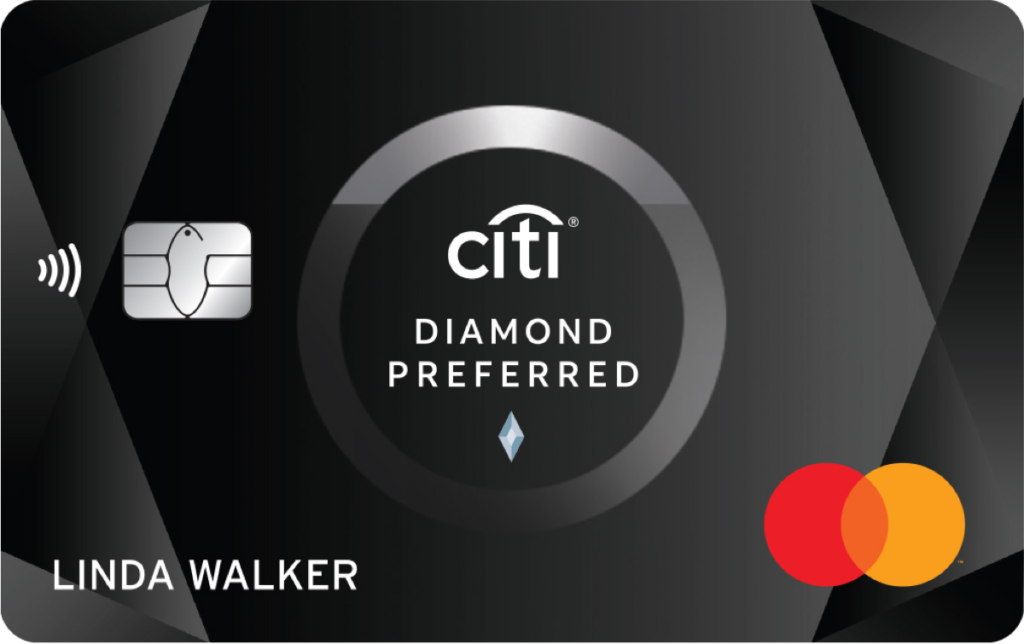
Start a Retirement Account
Pros
- Employer matching available
- Investment matures tax free
- Fund your retirement years
Cons
- Taxes may be paid upfront
- Maximum contributions could be low
If you plan on retiring at some point, then you need a retirement account. You’ll have to look at how much you’ll need per year in retirement and aim to make that through savings and interest. You could put $100 in an account to start and then add more every month with an automatic transfer.
Thankfully, if you start young and you’re consistent with putting your money away, you can have enough to retire comfortably by the time you hit 65, the goal retirement age for many people. You’ll need to look into the different types of retirement accounts and their tax benefits and implications before you begin to invest. As an example, once retired, your withdrawals may be taxed as ordinary income, which could possibly put you into a higher tax bracket.
Many companies offer an employer-sponsored 401(k) where you can invest your pre-tax dollars, which will lower your taxable income for the year you invest. Some employers may even match your contributions up to a certain amount, which is essentially free money for you. With a Roth IRA, you will invest after-tax dollars so your investments can blossom tax-free. If you work for a company with a 401(k), take advantage of it as soon as you can.
TD Ameritrade provides many types of retirement plans including Roth IRA, a traditional IRA and a Solo 401k for businesses. You can always speak with a TD Ameritrade customer service representative if you don’t know what the differences are between the retirement accounts they offer.
Peer-to-Peer Lending
Pros
- Potential for higher rate of return than a CD or savings account
- Passive online platform
Cons
- Risk of borrower defaulting on the loan
As a borrower, peer-to-peer lending (P2P) is an alternative to banks that allows you to borrow money directly from peer lenders. Yet, as an investor, P2P lending platforms give you an opportunity to fund a portion of these loans.
When investors open an account with a P2P platform, their deposits are dispersed into various loans. Essentially, you lend your money and get paid back in interest.
While every investor's risk will vary depending on the borrower, P2P has the potential to earn a higher rate of a return. As an example, if your $100 investment is split between four loans — not only do you diversify your risk, but you'll also earn a higher ROI through interest payments from four installment loans.
Check Out Cryptocurrency
Pros
- Accessible investment option
- Instant transfers
- Potential high return on investment
- Way to diversify portfolio
Cons
- Highly volatile investment
- Lack of government regulation
- Not widely accepted for payment
Cryptocurrency is a type of digital currency that has gained popularity over the last few years. There are countless cryptocurrencies available now of varying popularity and value. Since crypto investing is still a relatively newer form of investing, there are still a lot of hurdles when it comes to government and banking regulations.
Cryptocurrency trading can be volatile compared to other investments. With value often determined by supply and demand, prices can rise or drop significantly within the same day. At the same time, it can also be a lucrative venture. Unfortunately, crypto isn't widely accepted for payment but continues to make headway.
Besides high risk and volatility, crypto coins can be susceptible to scams. The Consumer Financial Protection Bureau (CFPB) and Federal Trade Commission (FTC) have issued warnings about potential scams involving cryptocurrency because crypto carries fewer protections than other investment options.
You can start the investment process by choosing a reputable exchange or broker. There are exchanges that let you get started with low minimum deposits and allow fractional shares. Like any investment, start slow until you have a better idea of how it works.
More Ways to Improve Your Financial Life
You can do a lot with just $100. With the right strategy in place, over time, that money will grow, and you can save up for the things that matter most to you in life.
Frequently Asked Questions
-
To invest $100 into penny stocks:
1) Begin by opening an online brokerage account with a broker you find reputable.
2) Research the penny stocks you are interested in purchasing; invest in companies you find to be quality and avoid ones that seem ill-intentioned.
3) Determine the best price targets for you to sell or hold.Keep in mind that penny stocks are a controversial topic in the investment community. So much so, that the U.S. Securities and Exchange Commission published this warning: “Investors in penny stocks should be prepared for the possibility that they may lose their whole investment.” Additionally, this is not investment advice. This material has been prepared for informational purposes only. Consult with a financial advisor before making any investments.
-
Yes, you can open a checking account with $100. There are many different banks that offer checking accounts that require less than $100 to get started, or even free checking accounts with no monthly fees and little to no opening balance requirements.
-
Speak with a financial advisor before investing $100 million. They will likely design a custom investment strategy intended to meet your financial goals.
-
Most personal investing takes place online these days, which means you can invest $100 into things like exchange-traded funds (ETFs), fractional shares, an IRA, a 401(k) (if your employer offers one), or put the money into a high-yield savings account or certificate of deposit (CD) — all from the comfort of your laptop or mobile device.
-
You could invest $100 into stocks by purchasing fractional shares of stocks or investing in an exchange-traded fund (ETF). An ETF is a collection of stocks and securities packaged into a single fund. Many ETFs are organized by specific indexes, such as cannabis or medical technology, while others are more broad like the S&P 500 ETF.
You can invest as much, or as little, as you like into an ETF. Similarly, with fractional shares, you can purchase a small piece of a single share of stock. For example, if a share of Amazon stock is trading at $2,900 each, you can purchase a smaller slice for $100 (or less) using a brokerage that offers fractional share trading.
-
Yes, you can open a Roth IRA with only $100, as there are no legal minimums on how much an individual is required to contribute. There are some banks that may require a minimum to open a Roth IRA, so make sure you do your research when choosing a bank for your account.
However, there are maximum limits to IRA contributions. In 2022, if you aren’t 50 or older by the end of the year, the most you can contribute is $6,000. If you’ll be older than 50 by the time the year ends, you can contribute up to $7,000.
-
Dividend investing, or investing in stocks that pay out dividends, involves buying shares in a company that pay out a certain amount of money to shareholders for each share they own. For example, if you own 50 shares of a company that issues dividends, and they pay out $2 per share, you will get 50 x $2 = $100 in dividend payouts.
The amount you get paid via dividends often changes from year-to-year. To decide which companies you may want to invest in, it may be helpful to research the amount of dividends several organizations paid out over the past five or ten years. Also, to minimize your risk, you can investigate how dividend payments fluctuated when each company went through a hard fiscal year or when the national economy was weaker.
